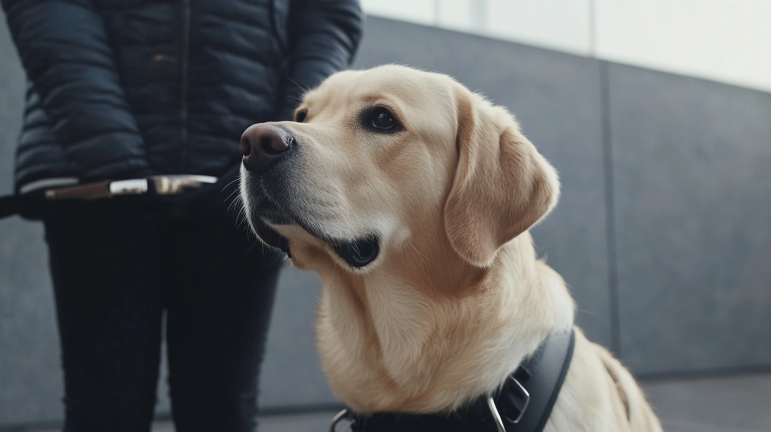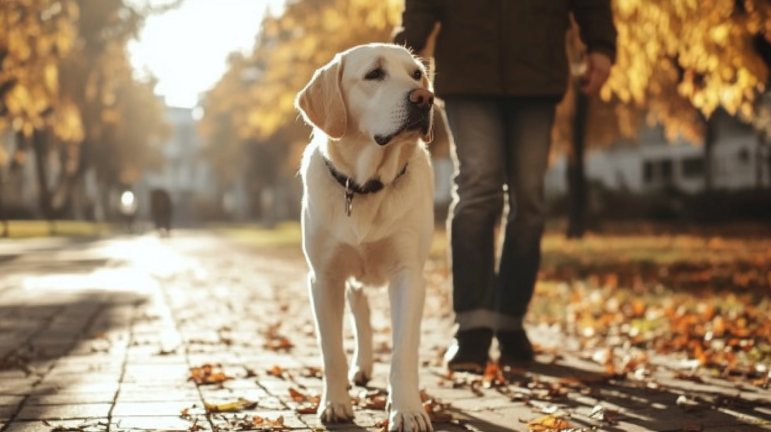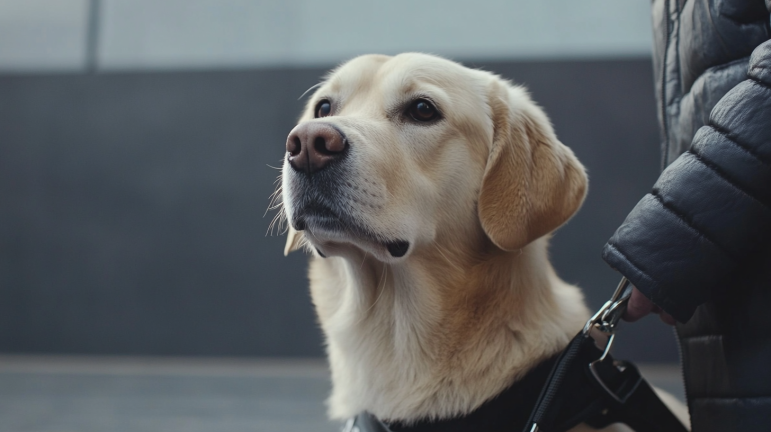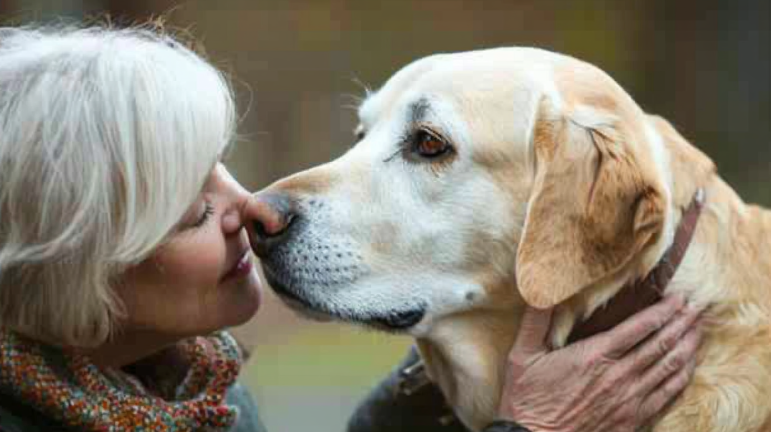Blind dogs are often misunderstood. Many myths surrounding them prevent these resilient companions from finding loving homes. While some blind dogs may seem disoriented or prone to accidents, the truth is far more uplifting. Most blind dogs are joyful, playful, and adapt well despite their challenges. Let’s dive into these common misconceptions about blind dogs and uncover six surprising facts that will change your perception forever!
1. Blindness Doesn’t Define Their Personality
It’s a common myth that blindness defines a dog’s personality. Just like sighted dogs, each blind dog has a unique character and temperament. In fact, blind dogs often develop heightened senses, such as smell and hearing, to compensate for their lack of vision. This helps them bond with their human family and enjoy life to the fullest. Blindness is just one part of their story—not their entire identity.

2. Adaptability is Their Superpower
Blind dogs possess remarkable adaptability! While they may need some time to adjust, once they do, they can navigate their environment with ease. They use their heightened senses to recognize familiar smells, sounds, and layouts. Don’t be fooled into thinking they are helpless—blind dogs are skilled survivors, learning, and thriving in their surroundings. They adapt faster than you might think.

3. They’re Just as Energetic and Loving as Any Other Dog
Contrary to popular belief, blind dogs aren’t less energetic or affectionate. They can be just as playful and eager to engage with their owners as sighted dogs. Whether it’s cuddling, playing fetch, or going for a walk, their enthusiasm for life is boundless. These dogs have an immense capacity for love and are just as ready to share it with their human companions.

4. No, Blind Dogs Aren’t Always Afraid
A prevalent myth about blind dogs is that they are constantly scared or anxious. While it’s true that some may initially be cautious when adjusting to their blindness, fear is not inherent. Just like sighted dogs, blind dogs have different personalities. Some may be brave adventurers, while others are more cautious, but none of them are doomed to live in constant fear. Anxiety is a complex issue that doesn’t define all blind dogs.

5. Blind Dogs Don’t Bump Into Everything
Many people believe that blind dogs are always knocking into furniture or objects. This isn’t true! Blind dogs use their other senses—such as smell, sound, and touch—to navigate their world. With patience and guidance, blind dogs can move confidently through their homes and avoid obstacles. Simple adjustments, like rearranging furniture gradually and using scent markers, can help make their environment safer and more comfortable.

6. Caring for Blind Dogs Doesn’t Have to Break the Bank
While it’s true that some forms of blindness may require medical attention, such as cataracts, most blind dogs do not require more veterinary care than sighted dogs. Regular check-ups and preventive care are often enough. With the right approach, providing a comfortable life for your blind dog does not need to be expensive.

How Blind Dogs Play, Love, and Protect
Blind dogs still enjoy their favorite activities—whether it’s playing with toys, engaging in social games, or simply exploring their environment through scent. Their playfulness and zest for life remain intact. They can also be excellent guard dogs. With their acute sense of hearing and smell, blind dogs are highly alert and can protect their homes and families effectively.
Creating a Safe and Comfortable Home for Your Blind Dog
To help your blind dog thrive, create a stable and accessible environment. Keep your home free of clutter, avoid frequently rearranging furniture, and use scent and sound cues to guide them. With some creativity, blind dogs can learn their surroundings and move through life with confidence.

Training Blind Dogs: A Key to Their Success
Training is crucial for blind dogs. Simple commands like “step,” “wait,” or “sit” can be reinforced with touch and positive reinforcement. Patience and consistency are key—blind dogs can adapt to new routines, but they need time and support to feel secure in their environment.
Frequently Asked Questions
Can blind dogs still enjoy life?
Absolutely! Blind dogs live joyful, fulfilling lives. They rely on their heightened senses to explore, play, and enjoy their surroundings.
Are blind dogs always scared?
Not at all! While they may be cautious at first, blind dogs can be just as adventurous as sighted ones.
Do blind dogs need special toys?
Yes! Toys with unique textures or sounds help blind dogs engage with their environment and play effectively.

Conclusion: Let’s Change How We See Blind Dogs
By debunking these myths, we can reshape how the world sees blind dogs. With proper care, training, and a little patience, blind dogs are just as capable, loving, and wonderful as their sighted counterparts. Let’s give these resilient dogs the chance to thrive and show the world their true potential!



















